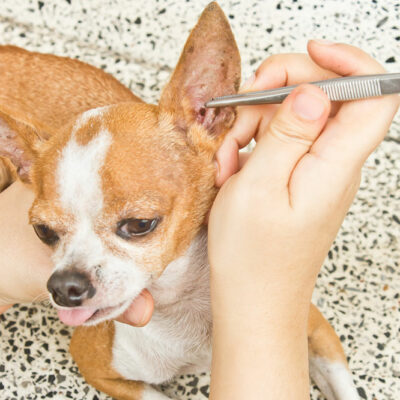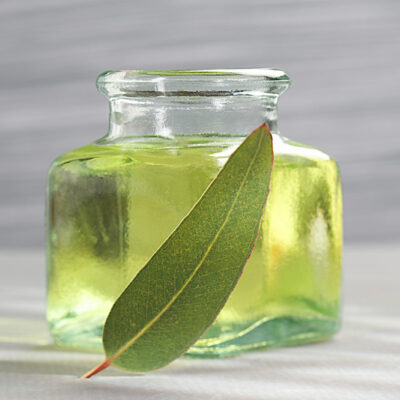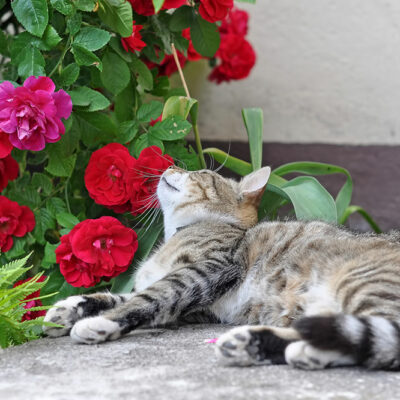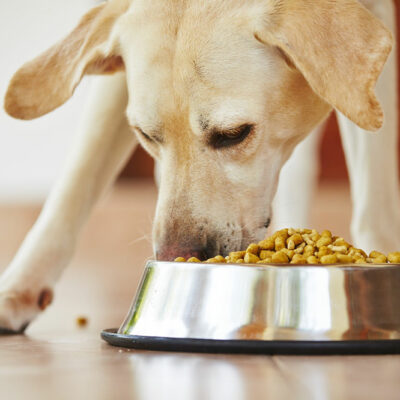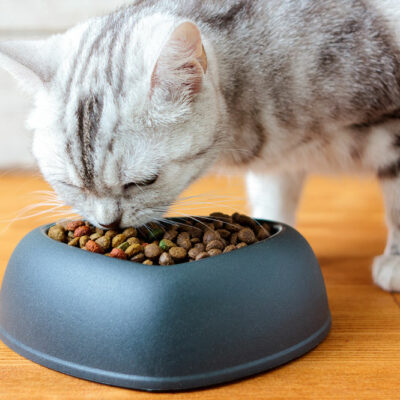
Pets
5 Healthy DIY Treats for Pampering Cats
Raising a cat at home can be a fun experience for both young and old. These amusing creatures are smart and learn from how their owners react. When a cat does something right, pet owners choose to express love through positive feedback. Treats are used as an aid for giving this positive feedback. So, here are some DIY healthy cat treats to try. 1. Salmon Treats All it takes to make this quick and easy treat for cats is a combination of three healthy ingredients. Combine minced salmon, flour, and egg to make a smooth dough. Do not knead the dough too much. Roll it flat and cut it into discs or shapes of your choice. Lay these cut shapes onto a tray and bake them for 20 minutes at 350 degrees Fahrenheit. Store these treats in an airtight jar. 2. Egg and Tuna Treats Tuna might be one of the most favorite ingredients that your cat loves. You can prepare a 2-ingredient treat for your cat with egg and tuna. Whip egg whites until they turn fluffy. Blend tuna into fine chunks and add it to the egg whites. Cut and fold the mixture without beating the air out of it.
Read More 